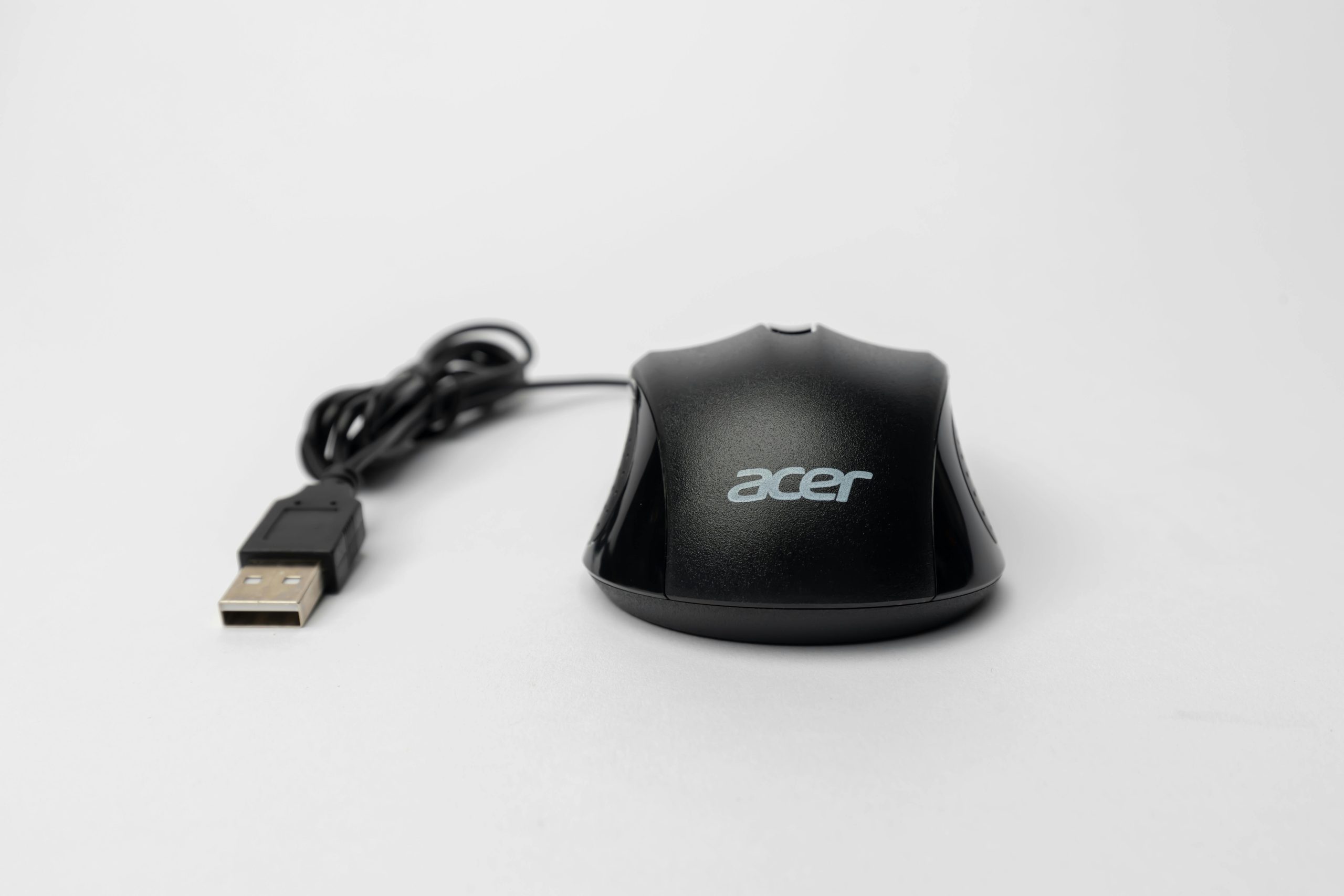Understanding Hard Drive Failures: How to Deal with Clicking Noises and Data Recovery
External hard drives have become essential storage solutions for many users. One of the popular choices is the Western Digital (WD) Passport Ultra, which attracts users with its portability and reliability. Unfortunately, as technology would have it, these devices can fail, leading to stressful situations that pose risks to invaluable data. In this blog post, we’ll discuss common issues associated with external hard drives, specifically focusing on a scenario where a WD Passport Ultra makes clicking noises, and we’ll explore options for data recovery.
The Clicking Noise Phenomenon
The mechanical failure often presents itself with a sound. The clicking noise often referred to as the “click of death,” occurs when the drive’s read/write heads are unable to access data on the platters. Understanding this issue requires a bit of knowledge about how hard drives function.
Hard Drive Anatomy 101
Before diving deeper, it’s beneficial to understand the basic components of a hard drive. An external hard drive, like the WD Passport Ultra, mainly consists of:
- Platters: Disks that hold data magnetically.
- Read/write heads: Components that move over the platters to read or write data.
- Actuator: Moves the read/write heads across the platters.
- Spindle motor: Spins the platters at high speeds.
When the hard drive is functional, data flows smoothly. However, if any of these parts malfunction, it can result in clicking noises and ultimately, drive failure.
What Causes the Clicking Noise?
Common causes of clicking noises in hard drives include:
-
Mechanical Failures: As the drive ages, physical components may wear out. The read/write head may get stuck or fail to function correctly, leading to clicking sounds as it repeatedly attempts to find its position.
-
Power Issues: An inadequate power supply can cause the spindle motor to struggle, generating clicking sounds.
-
Bad Sectors: If the drive has developed bad sectors, the read/write head will attempt to access these areas repeatedly, resulting in clicking noise as the head repeatedly tries to reposition itself.
-
Firmware Corruption: If the hard drive’s firmware is corrupted, it may struggle to communicate with the network interface, causing operational failures and clicking sounds.
Analyzing Your Situation: Is It Toast?
The common question when faced with such issues is whether the drive is irreparably damaged or “toast.” Sadly, the answer often lies in the nature of the clicking sounds and the subsequent behavior of the drive.
-
Short Clicking: If the clicking is intermittent and the drive then spins up normally, it may indicate minor issues. This is your cue to act immediately, backing up any accessible data as soon as possible.
-
Constant Clicking: If there is a repeat clicking sound that persists, this is often a sign of a more severe mechanical failure. In such a case, the chances of an easy DIY recovery diminish severely.
-
No Response: If the device shows no sign of activity — no sounds, no lights — it could either be a power supply issue or a catastrophic component failure inside the drive.
Self-Recovery Options: Can You Fix It Yourself?
If your WD Passport Ultra is clicking loudly and seems to be non-functional, it’s understandable to worry about the important photos stored on that drive. Here are some possible DIY recovery methods you can explore:
1. Check Connections
Ensure that the connecting cable and the USB port are functioning properly. Sometimes, a defective cable or port may generate power issues that cause the drive to misbehave. Try connecting the drive with a different cable or port.
2. Power Cycle the Drive
Power cycling involves turning off the drive and waiting a few minutes before turning it back on. This process sometimes resets the internal settings of the drive and may help in resolving minor issues.
3. Freezing the Drive
Some users have had anecdotal success with this method, although it should be approached with caution. Placing the hard drive inside a sealed plastic bag and putting it in the freezer for a few hours can sometimes help the platters contract slightly, allowing the read/write head to reposition itself. After freezing, immediately connect it to your computer.
4. Using Data Recovery Software
If the drive loads but is unable to access files, you can consider data recovery programs. Software such as TestDisk, Recuva, or Stellar Data Recovery may help retrieve corrupted files or recover data from bad sectors. Be cautious: installing software can sometimes cause further issues if the drive is failing.
5. Working with Different Systems
Sometimes, the issue can stem from compatibility errors with the operating system. Try connecting the hard drive to a different computer or operating system (e.g. Windows vs. Mac) to check whether that resolves the issue.
When to Seek Professional Help
While DIY methods can be tempting, they may lead to further data loss if not handled correctly. If your attempts do not yield results, or if the data is essential, consider professional data recovery services. Here are some signs that suggest you may need expert help:
- The clicking sound continues with no signs of activity.
- The hard drive is not detected by any computer.
- You require access to critical, irreplaceable data.
Understanding Professional Data Recovery Services
Professional data recovery services can sometimes feel overpriced, but they have the expertise and tools necessary to recover data from failed drives. Their procedures usually include:
-
Clean Room Environment: If internal components need replacing, they work in a dust-free environment to minimize the risk of additional damage.
-
Specialized Tools: Having access to HDD repair and data recovery tools can significantly improve the chance of data recovery.
-
Data Integrity: They not only recover data but also ensure that the integrity of the data is maintained as much as possible.
Costs of Professional Services
While prices can vary, it’s not uncommon for professional data recovery services to range from $100-$1,500, depending on the severity of the problem and the amount of data involved. It’s crucial to weigh the emotional and practical value of your data before proceeding.
Prevention: Keeping Your Data Safe
The unfortunate reality is that mechanical failures can occur at any time. Here are steps you can take to prevent future losses and protect your data better:
1. Regular Backups
Implement a routine backup strategy using the 3-2-1 method: three total copies of your data, stored on two different media types, with one copy offsite.
2. Invest in SSDs
Solid State Drives (SSDs) have no moving parts unlike HDDs, making them less susceptible to mechanical failures. Consider employing an SSD for your primary storage needs, reserving your HDD for secondary backups.
3. Cloud Storage Solutions
Using cloud storage services such as Google Drive, Dropbox, or iCloud provides a reliable method to store critical files. Not only does it minimize the risk of hardware failures, but it also allows easy access from multiple devices.
4. Monitor Drive Health
Use software to monitor hard drive health regularly. Tools such as CrystalDiskInfo can provide you with SMART (Self-Monitoring, Analysis, and Reporting Technology) data, indicating the drive’s reliability and preemptively alert you to potential failures.
Conclusion
Experiencing the dread of a failing hard drive is all too familiar for many users. A clicking noise from your WD Passport Ultra is often symptomatic of an underlying mechanical issue, which can either result in minor annoyances or significant data loss. By understanding the causes, exploring self-recovery options, and knowing when to seek professional help, you stand a better chance of recovering your important files. Ultimately, taking preventive measures with backups and upgrades to newer technologies can help secure significant reminders of personal milestones and cherished memories in the future.
If you’re currently grappling with a failing hard drive, remember that time is of the essence. The sooner you address the problem, the more likely you are to salvage your valued data. Don’t wait too long to be proactive about your data preservation efforts—your digital memories are worth protecting!
Share this content:




Hi there,
Dealing with a WD Passport Ultra that makes clicking noises and is not recognized on your MacBook can be quite stressful. Based on your description, it sounds like your drive may be experiencing mechanical issues associated with the “click of death,” which often indicates a failure of the read/write heads or other internal components. Here are some steps and considerations to help you approach this situation: